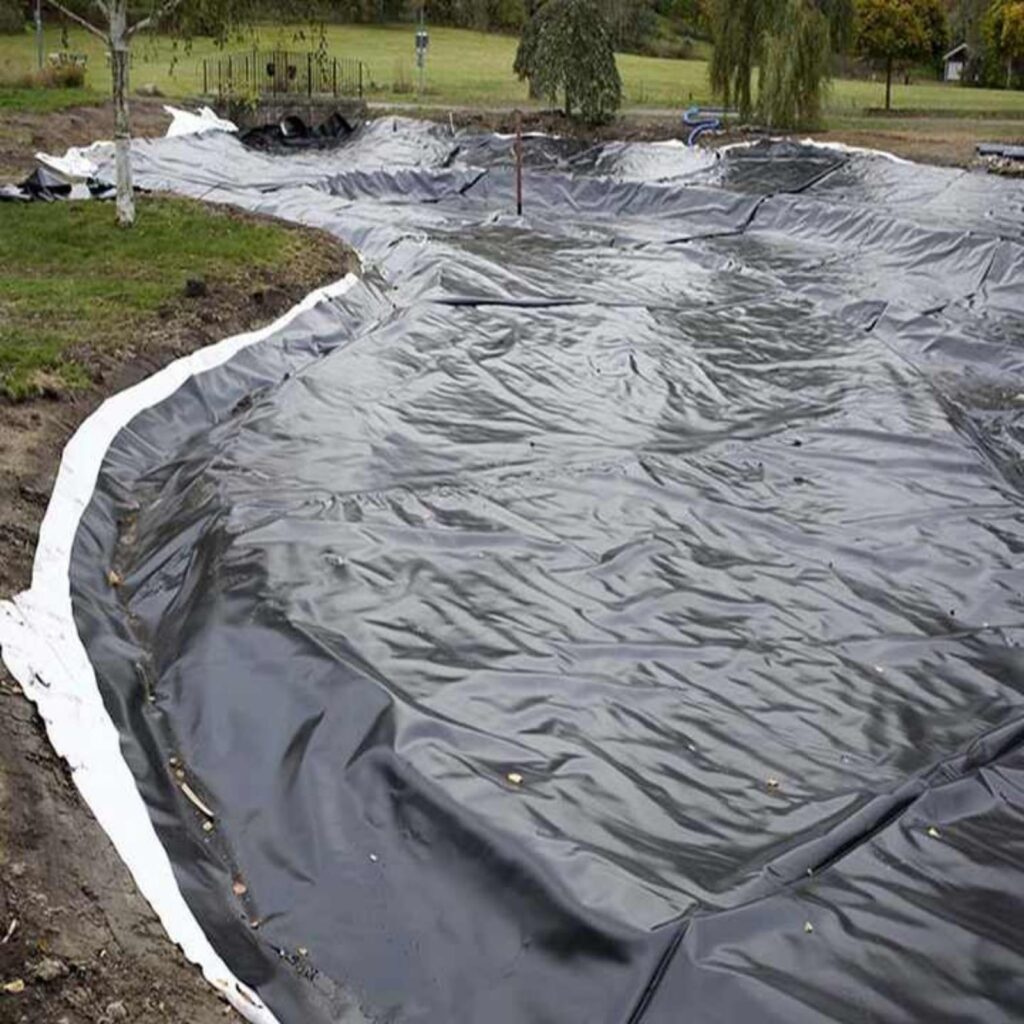Dam lining materials are crucial components in the construction and maintenance of dams, ensuring their longevity, efficiency, and environmental safety. This blog post will delve into the various types of dam lining materials, their importance, and their applications.
What Are Dam Lining Materials?
Dam lining materials are specialized materials used to create an impermeable barrier within a dam. These linings prevent water seepage, protect the dam’s structure, and mitigate environmental impact by controlling erosion and contamination.
Types of Dam Lining Materials
- Geomembranes: These are synthetic membranes used widely due to their durability and resistance to chemical and environmental degradation. They are typically made from materials like high-density polyethylene (HDPE) and polyvinyl chloride (PVC).
- Geosynthetic Clay Liners (GCLs): Composed of a layer of bentonite clay sandwiched between two layers of geotextiles or geomembranes, GCLs offer excellent water sealing properties.
- Concrete Liners: These provide a solid and durable lining option, often used in conjunction with other lining materials to enhance impermeability and structural integrity.
- Asphaltic Liners: Asphaltic materials are flexible and can conform to the underlying terrain, making them suitable for various dam constructions.
- Natural Clay Liners: These are traditional lining materials, providing a natural and cost-effective solution, though they require careful installation to ensure effectiveness.
Benefits of Using Dam Lining Materials
- Water Conservation: By preventing seepage, dam linings help in conserving water, a critical resource.
- Structural Integrity: Linings protect the dam’s structure from erosion and potential collapse.
- Environmental Protection: Preventing seepage also protects surrounding ecosystems from contamination and soil erosion.
- Cost Efficiency: Properly installed linings reduce the need for frequent maintenance and repairs.
Applications of Dam Lining Materials
- Water Reservoirs: Ensuring water retention and quality in reservoirs used for agriculture, drinking water, and industrial processes.
- Tailings Dams: Used in mining operations to prevent leakage of hazardous materials.
- Hydroelectric Dams: Essential for maintaining water levels and ensuring efficient operation of hydroelectric power plants.
Selecting the Right Dam Lining Material
Choosing the appropriate dam lining material depends on several factors:
- Soil and Environmental Conditions: Different materials perform better under specific soil types and environmental conditions.
- Project Budget: Some materials, like geomembranes, might be more expensive but offer longer-lasting performance.
- Regulatory Requirements: Ensure compliance with local regulations and environmental standards.
External Resources for Further Reading
- International Water Management Institute (IWMI): Comprehensive resources on water management and dam construction.
- Geomembrane Technologies: Detailed information on various geomembrane products and their applications.
- American Society of Civil Engineers (ASCE): Professional guidelines and standards for dam construction and maintenance.
- Global Water Partnership (GWP): Resources on sustainable water management practices worldwide.
Conclusion
Dam lining materials are vital in ensuring the efficiency, safety, and sustainability of dams. By understanding the different types of lining materials and their applications, engineers and environmentalists can make informed decisions that benefit both the infrastructure and the surrounding ecosystems. For more detailed information, explore the external resources linked above and stay informed about the latest advancements in dam lining technologies.
Originally posted 2024-07-31 11:38:56.

